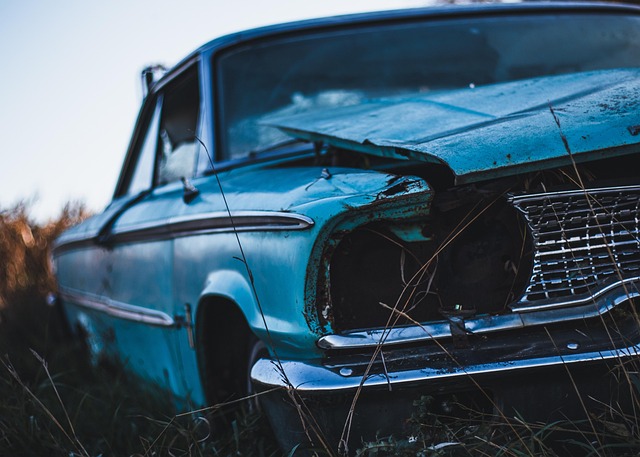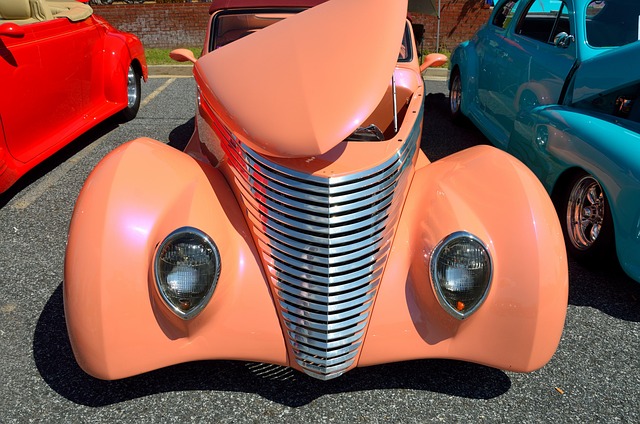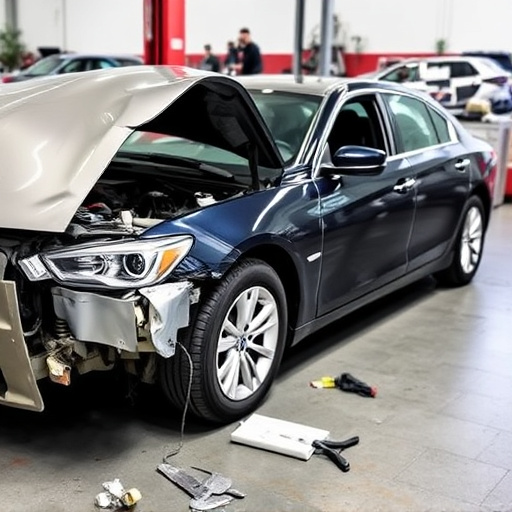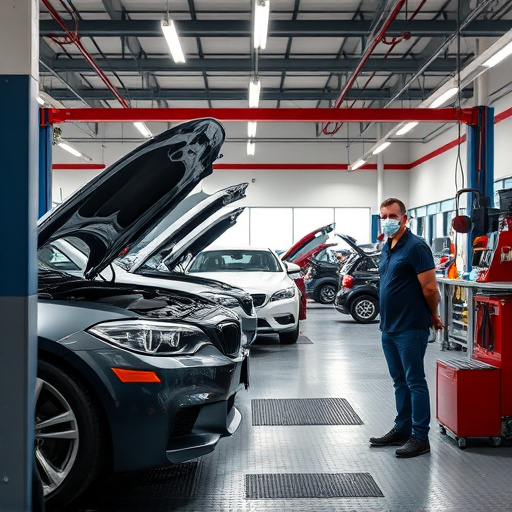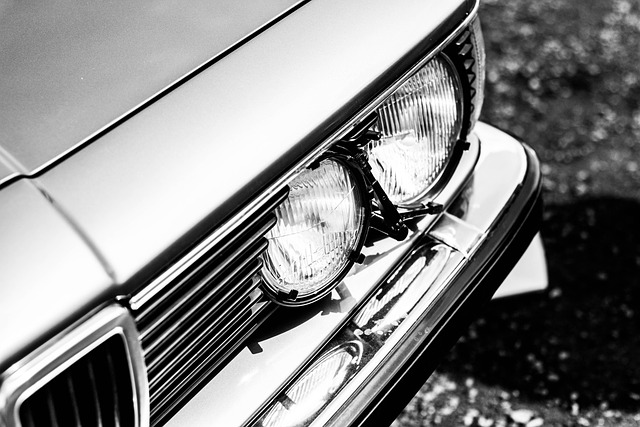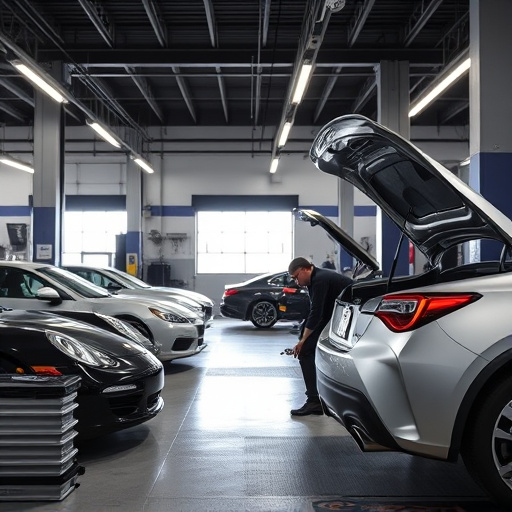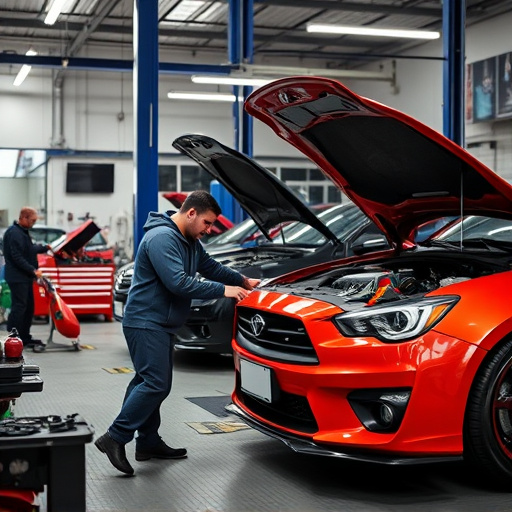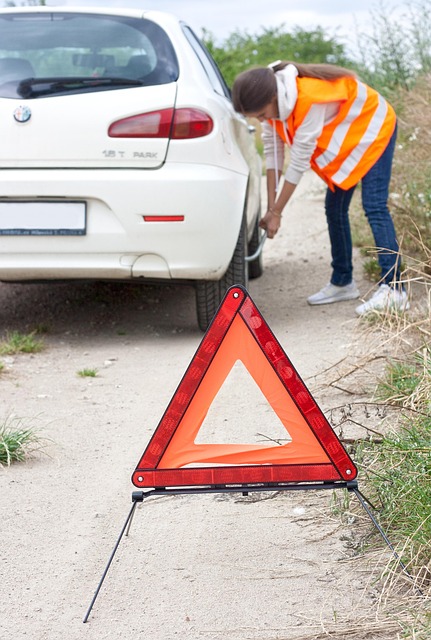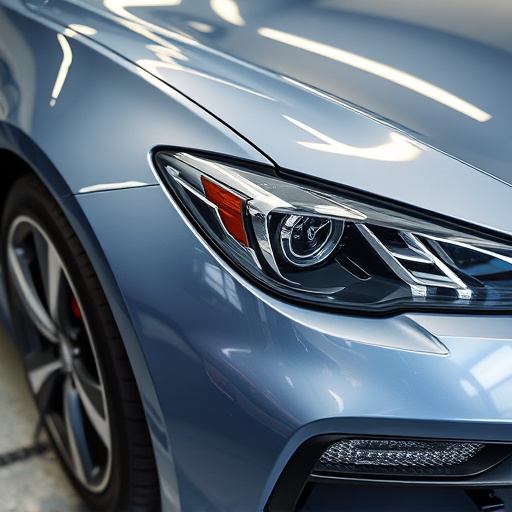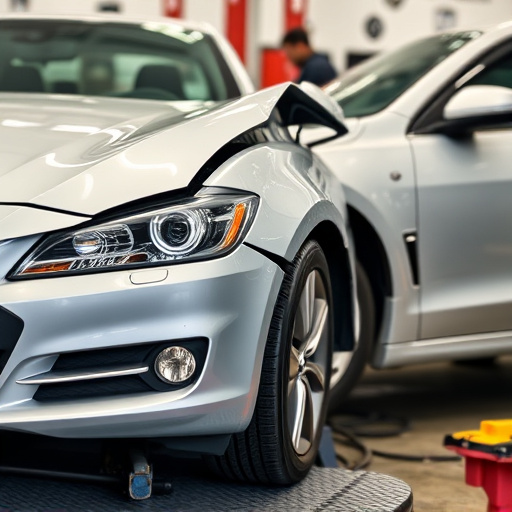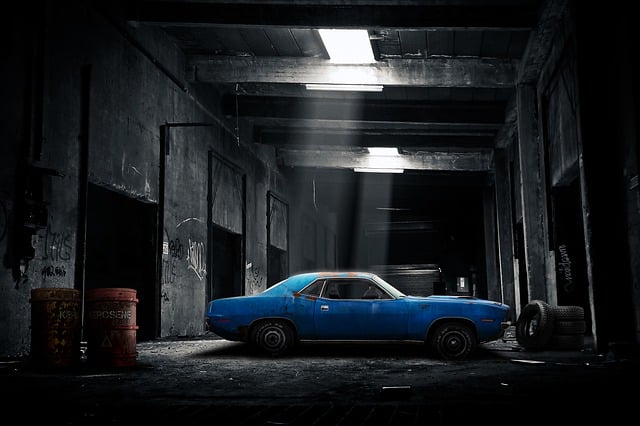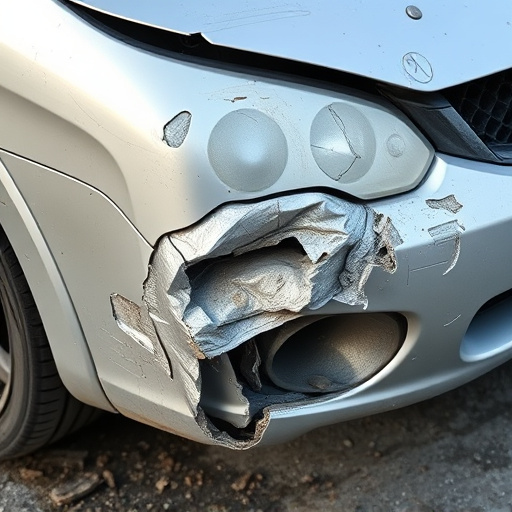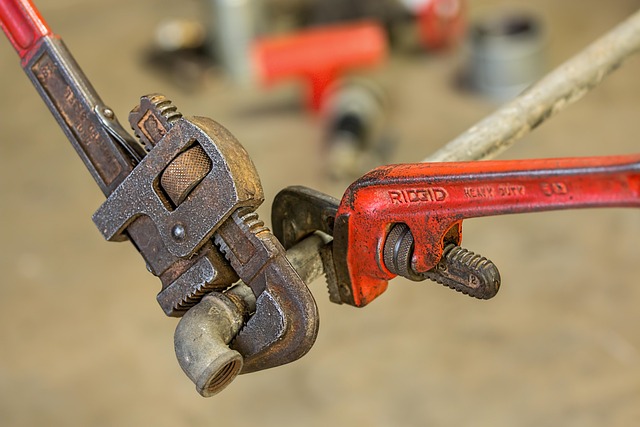Before PDR for hail damage appointments, meticulously assess vehicles for dings, dents, and cracks using lighting and mark damaged areas. Prepare a dedicated workspace with cleared debris, organized tools, proper ventilation, and clean environment. Identify damage types accurately to select appropriate tools and methods for restoration. A well-organized workspace enhances efficiency, reduces risk of damage, and delivers superior PDR results for satisfied customers.
Preparing your car for PDR (Paintless Dent Repair) appointments involves a meticulous process that ensures both efficiency and quality. When dealing with hail damage, assessing the extent of the destruction is crucial. This includes identifying various types of dents, from shallow scratches to deep creases, each requiring specific techniques.
Setting up a dedicated workspace equipped with essential tools is vital for optimal performance. Air compression, plastic welding, polishing, and proper drying techniques are key steps in the PDR process. By following these methods, you can effectively restore your car’s original appearance while preventing future damage.
- Assessing Hail Damage and Preparing Your Workspace
- – Identifying different types of hail damage
- – Setting up a dedicated workspace for PDR appointments
Assessing Hail Damage and Preparing Your Workspace

Before diving into any PDR for hail damage appointments, it’s crucial to conduct a thorough assessment of the vehicle. Inspecting every inch of the car, look for dings, dents, and cracks caused by hail. This meticulous process involves using a bright light or flashlight to peer into hard-to-reach areas. Marking each damaged area with a marker or pen will help in planning the repair strategy. Once the damage is identified, prepare your workspace accordingly. Clear it of any debris, tools, or items that could obstruct the repair process. Ensure proper ventilation and lighting as this facilitates better visibility and control during the PDR (Paintless Dent Repair) procedure. An organized and clean environment streamlines the auto body shop’s operations, ensuring efficient car bodywork services and a successful auto body restoration.
– Identifying different types of hail damage

Hail damage can manifest in various forms, each requiring a specific approach during the preparation phase for PDR (Paintless Dent Repair). Common types include small, round dents known as “dings” and larger, more significant deformities called “creases.” Dings are often shallow and can be repaired with minimal impact on the vehicle’s finish, while creases usually necessitate more intricate techniques due to deeper penetration. Additionally, hailstones can leave not just physical dents but also scratches and chips in the paint, which require meticulous attention during auto detailing.
Identifying these damage types is crucial before initiating PDR at an auto repair shop or engaging in car body repair. Each type may demand distinct tools and techniques to ensure effective yet gentle restoration. For instance, while smaller dings can often be addressed with specialized tools that gently press the dent out, creases might require more aggressive but precise methods to avoid further damage to the vehicle’s body panel during the auto detailing process.
– Setting up a dedicated workspace for PDR appointments
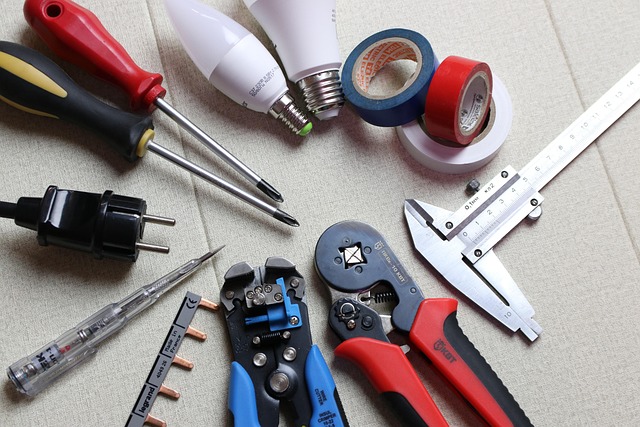
When preparing for PDR (Paintless Damage Repair) appointments focusing on hail damage, establishing a designated workspace is paramount. This specialized area within your collision repair shop or automotive service facility ensures efficiency and accuracy in handling each vehicle. The setup should include all necessary tools and equipment tailored for PDR, such as dent pullers, tampers, and foam pads. A clean, organized environment free from clutter enhances workflow and reduces the risk of damage to both the vehicle and repair tools.
Dedicated workspaces allow for streamlined processes, enabling auto body technicians to focus solely on PDR tasks without distractions. This specialized space also facilitates better inventory management and access to specific parts and materials required for various hail damage scenarios. By prioritizing a well-organized workspace, your collision repair shop can deliver superior results in auto body painting and restoration, leaving customers satisfied with the restored condition of their vehicles.
When preparing for PDR (Paintless Dent Repair) appointments involving hail damage, having a systematic approach is key. By identifying various types of hail damage and setting up a dedicated workspace, you’re well on your way to successful and efficient repairs. Remember, proper preparation ensures better outcomes and happier customers, making it an essential step in the PDR process for addressing hail damage.
